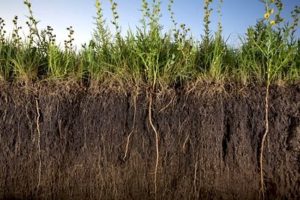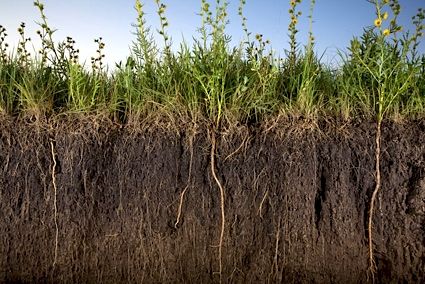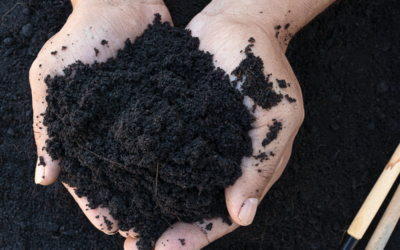 If you’re planning to get serious about gardening it’s crucial you get to know your soil type. No matter how much work you do in your yard and garden, all that careful sowing, weeding, and tending could be in vain if the quality of your soil is not up to scratch. Of all garden supplies, soil is probably one of the most important. Soil for gardening does not include full dirt or crushed concert. That type of soil is better used in areas where there may be depression or structural issues in your yard. If you are ready to help your garden, here are a few tests to perform to find out the type of soil you have…
If you’re planning to get serious about gardening it’s crucial you get to know your soil type. No matter how much work you do in your yard and garden, all that careful sowing, weeding, and tending could be in vain if the quality of your soil is not up to scratch. Of all garden supplies, soil is probably one of the most important. Soil for gardening does not include full dirt or crushed concert. That type of soil is better used in areas where there may be depression or structural issues in your yard. If you are ready to help your garden, here are a few tests to perform to find out the type of soil you have…
Soil Structure
Soil structure is defined by the way individual particles of sand, silt, and clay are assembled. Single particles when assembled appear as larger particles. These are called aggregates. Dig a hole in the garden about 6 to 10 inches deep to feel the soil. Grab a handful of dirt from the hole and move it around in your hand. If the dirt is well aerated and porous that means your plants will have plenty of access to the water and oxygen they need.
Compaction
When your soil is compacted, your plants can’t grow well. It’s something that many gardeners are simply not aware of. What would be easier to run through, a pile of bricks or a pile of pillows? For a plant, compacted soil is like a pile of bricks. Roots must work harder to grow into the soil, which means that there will be fewer roots, which means that the plant takes up fewer nutrients and water. All this translates to poor plant growth. To check to see if your soil is compacted take a wire flag and gently push it into the ground until it starts to bend. The sooner it bends, the more compact your soil is.
Organisms
One of the most important roles of soil organisms is breaking up the complex substances in decaying plants and animals so that they can be used again by living plants. This involves soil organisms as catalysts in a number of natural cycles, among the most prominent being the carbon, nitrogen, and sulfur cycles. Dig a hole about 6 inches deep in your soil and simply observe what happens within for a few minutes. If you can see multiple insects that is a good sign and your garden has a good base.
Water Infiltration
How water flows into and through the soil has great implications for the diversity of plants that can be supported by that soil. Different species of plants will be favored by a slow versus fast-draining soil. Accordingly, the choice of plant species for a native planting or ecological restoration is determined in a large part by the dynamics of soil and water. To test your soil water infiltration take an empty can with the top and bottom removed and place it in a hole you dug until just a few inches of the can remains above the ground. Fill the can with water and observe how long it takes the soil to absorb it. The faster the water absorbs, the looser your soil is.
Bray Topsoil & Gravel can deliver our gravel and topsoil to you in the Greater Cincinnati Area!
Request a Quote (859-635-5680) And We Will Contact You Shortly!
Calculate How Much Material You Need For Your Project
—
 About Bray Topsoil & Gravel
About Bray Topsoil & Gravel
Topsoil and gravel delivered to you by Bray Trucking, a specialized aggregate hauler servicing the Kentucky, Ohio, and Indiana region.
>>Learn More




